24'' Widescreen Gaming:
The Elder Scrolls IV: Oblivion
Publisher: 2K GamesWe used the latest addition to the impressive Elder Scrolls series of titles, Elder Scrolls IV: Oblivion with the 1.1 patch applied. It uses the Gamebyro engine and features DirectX 9.0 shaders, the Havok physics engine and Bethesda use SpeedTree for rendering the trees. The world is made up of trees, stunning landscapes, lush grass and features High Dynamic Range (HDR) lighting and soft shadowing. If you want to learn more about The Elder Scrolls IV: Oblivion, we recommend giving our graphics and gameplay review a read.
The graphics options are hugely comprehensive, with four screens of options available for you to tweak to your heart's content. There is also the configuration file too, but we've kept things as simple as possible by leaving that in its out of the box state. For our testing, we did several manual run throughs to test the game in a variety of scenarios ranging from large amounts of draw distance, indoors and also large amounts of vegetation. Our vegetation run through is the result that we have shown, as it proved to be the most stressful - we walked up the hill to Kvach, where the first Oblivion gate is located.
________________________________________________________________________________
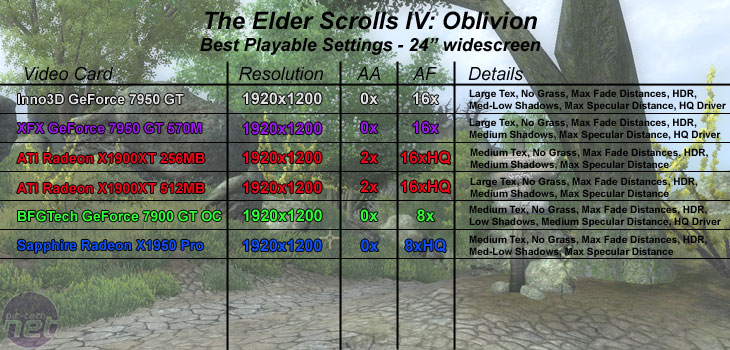

This provided a more realistic gaming experience, but it wasn’t a match for the gaming experience delivered by the Radeon X1900XT 512MB. We were able to leave 2xAA enabled on the Radeon X1900XT 512MB, along with medium quality shadows, including low shadow filtering to soften the shadow edges.
We had to lower the texture detail on the Radeon X1900XT 256MB in order to maintain smooth gameplay, but the other quality settings remained largely the same as those we set for the 512MB variant of the card. The Radeon X1950 Pro was another step back from the Radeon X1900XT 256MB, as we had to lower shadow quality a bit further as well as having to turn anti-aliasing off too. Finally, the BFG Tech 7900 GT OC suffered the most, as we had to lower specular distances, in conjunction with even lower shadow detail and medium texture quality.

MSI MPG Velox 100R Chassis Review
October 14 2021 | 15:04


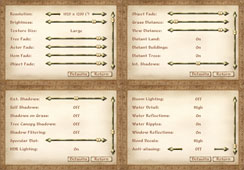

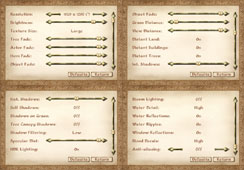

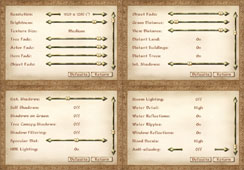
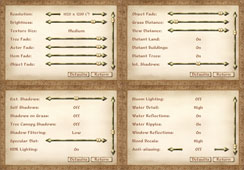






Want to comment? Please log in.